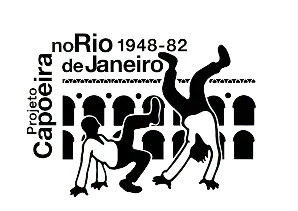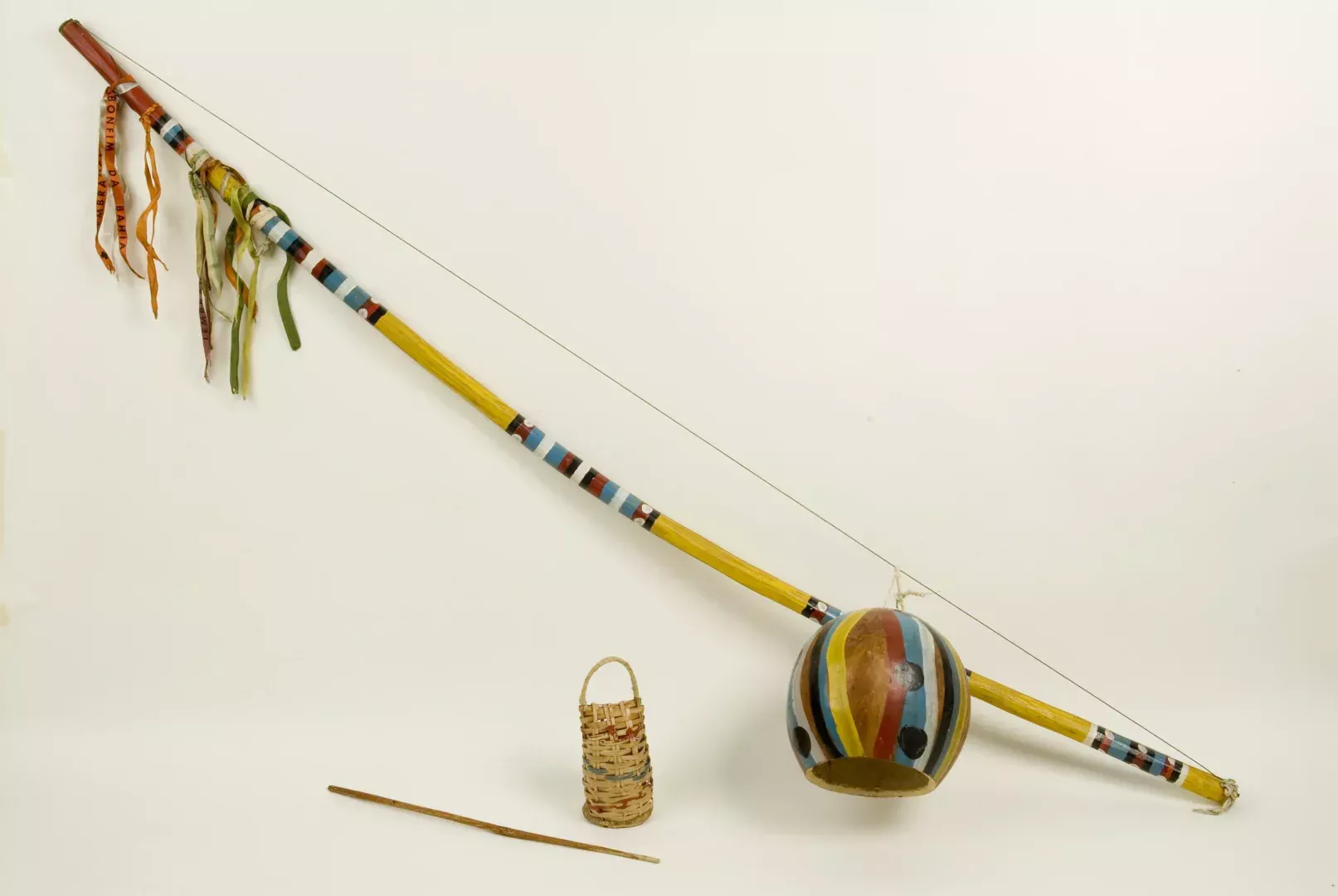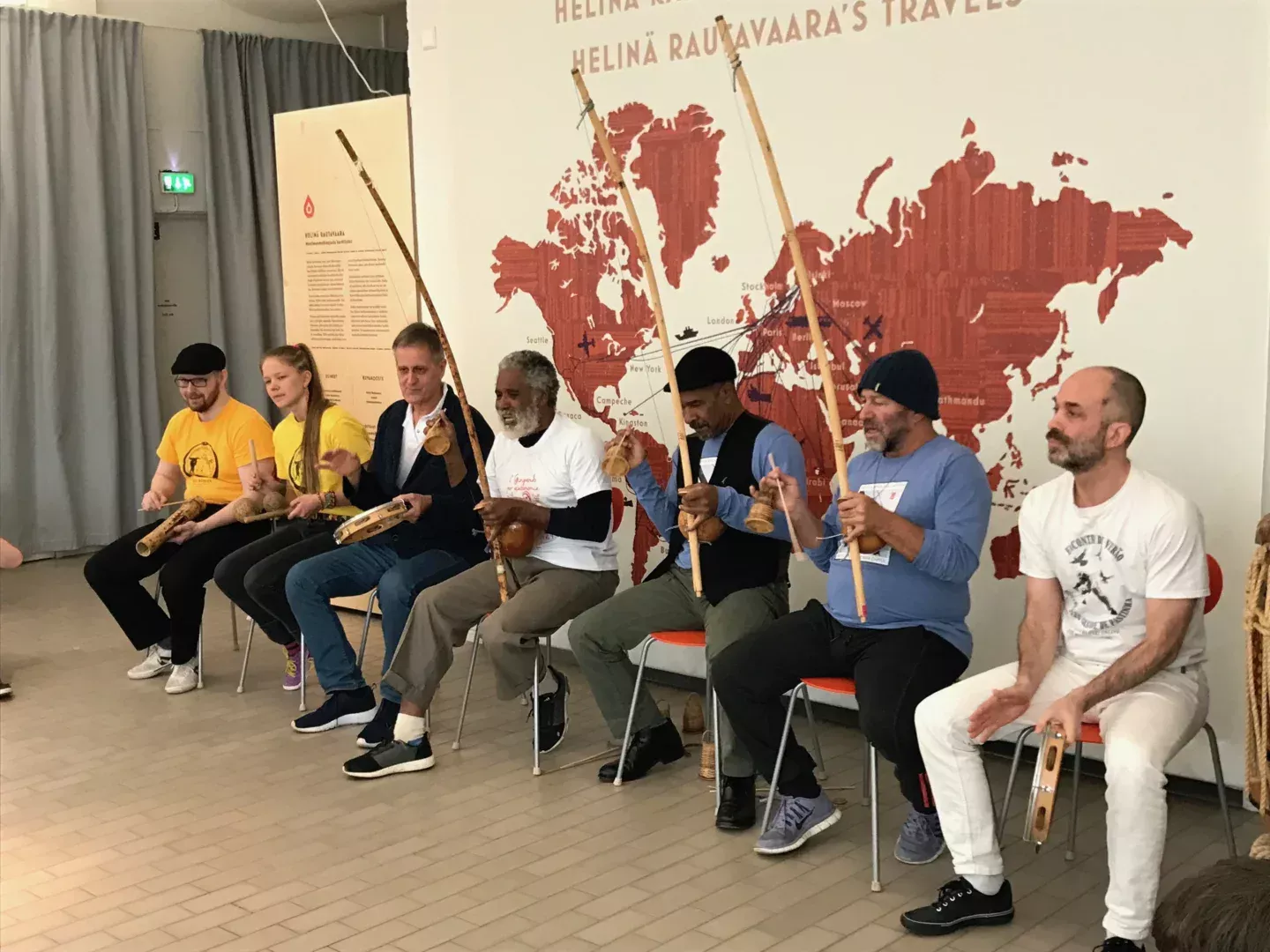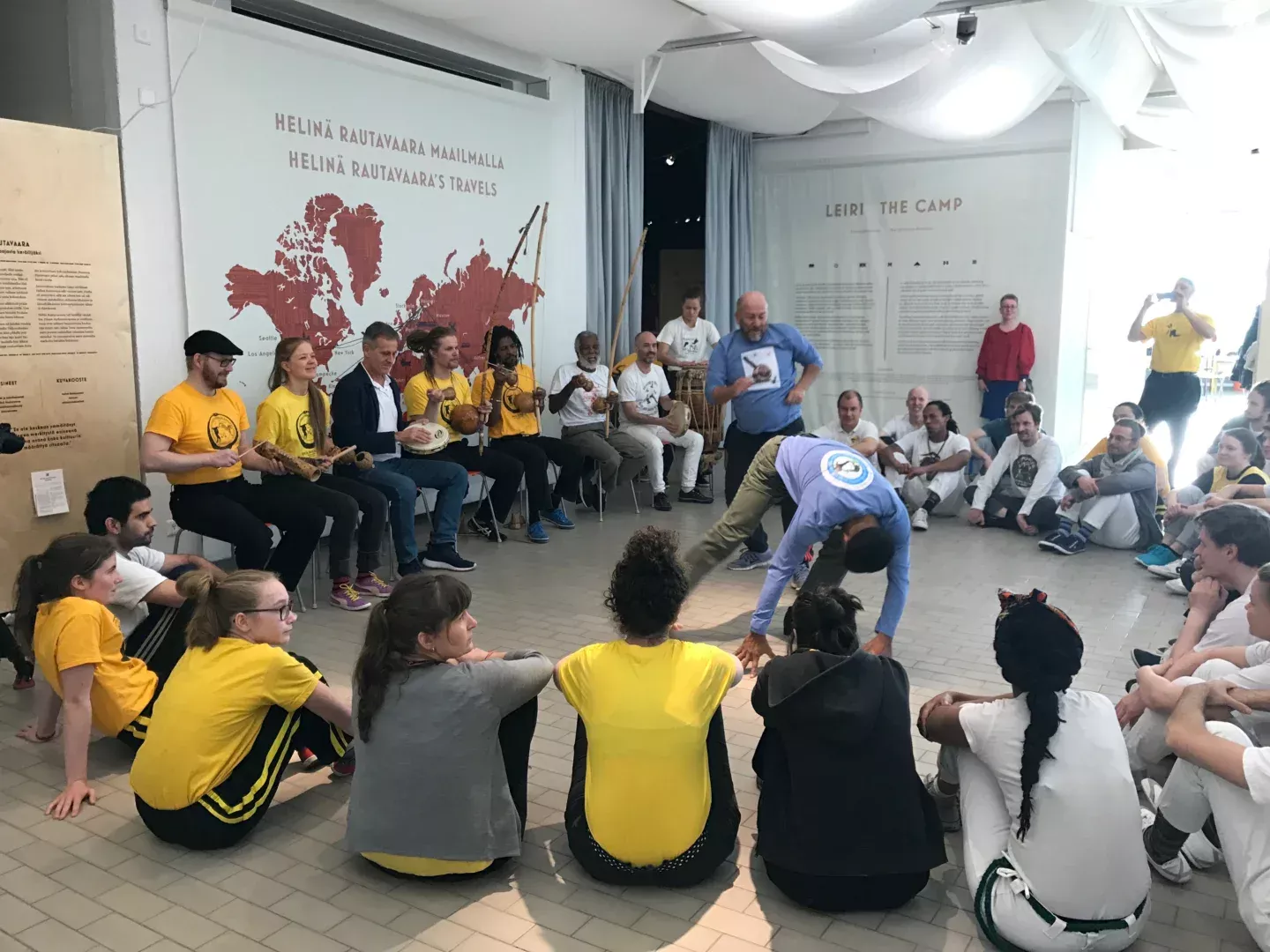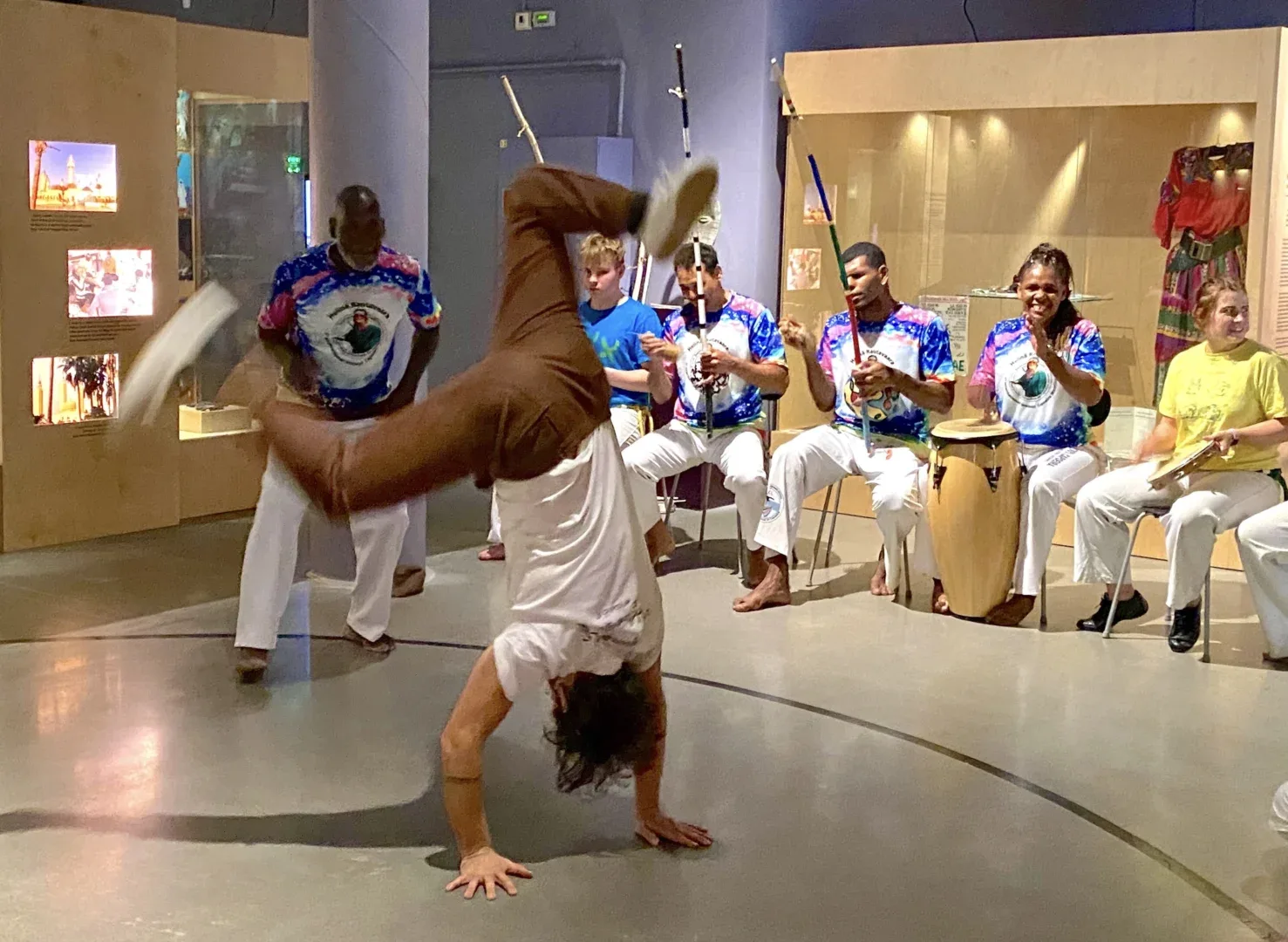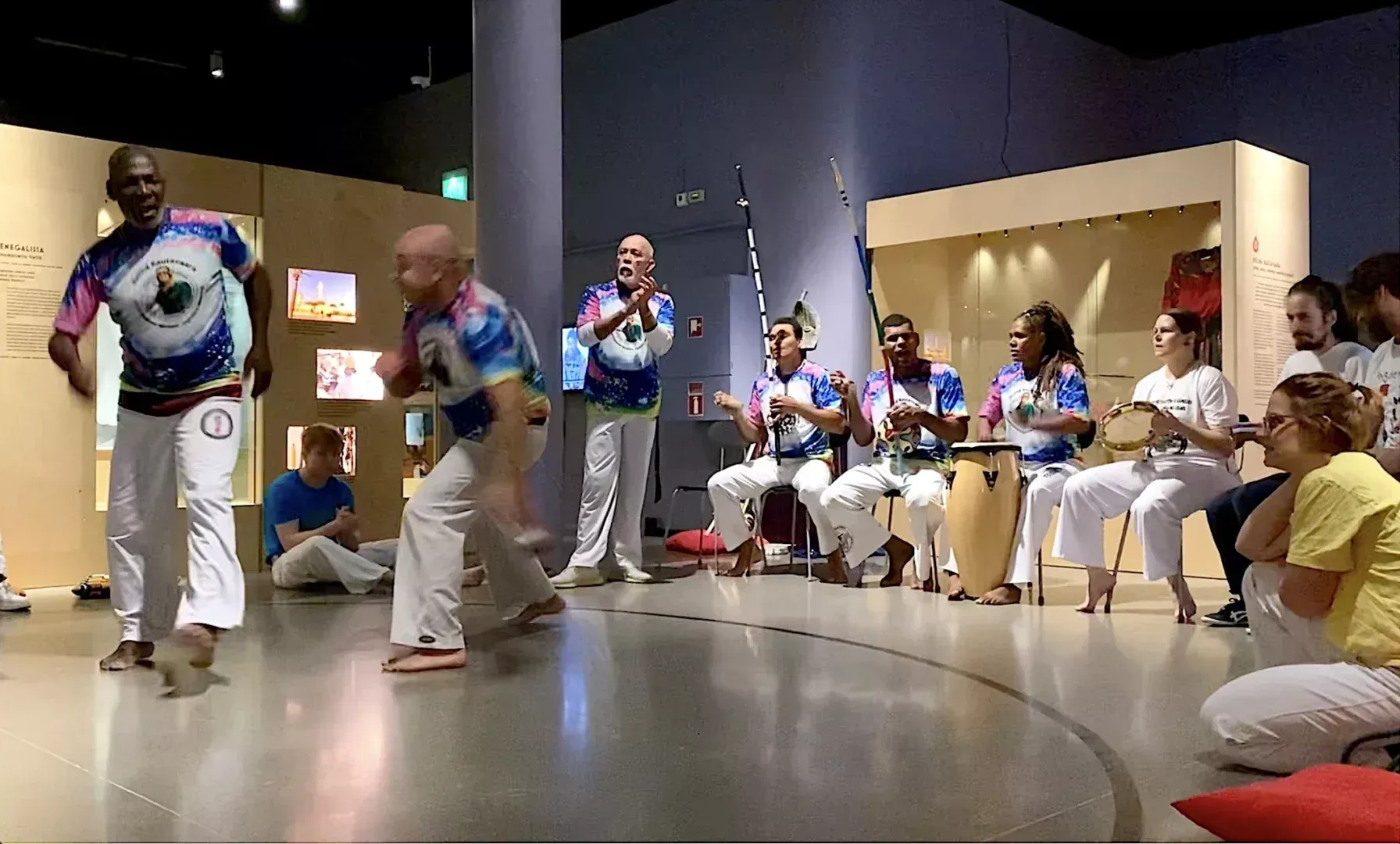By Kristina Tohmo.
The Helinä Rautavaara Museum was named after the founder, researcher and journalist Helinä Rautavaara (1928-1998). Rautavaara, MA in psychology and a student of comparative religions studies in the University of Helsinki, dedicated her life to travelling the world and documenting the living cultural heritage mainly in Africa, Latin America, Middle East and South Asia.
Rautavaara’s travels added to her ever-increasing collections of cultural objects, photographs, super-8 films, audio recordings and videos. In Finland, she became known for her personal knowledge of South America, the Caribbean and Africa. Her collections consisting of art, ritual items and everyday objects, contain over 3000 different artifacts. The main emphasis is on 20th century African and Brazilian objects. The collection concerning Helinä Rautavaara’s personal life also includes objects and design pieces from Europe.
During her last years she received a lot of publicity for her museum project. The Rautavaara property was endowed and a professionally run museum established in Tapiola, Espoo in 1998.
Rautavaara’s journeys in Latin America: Brazilian material from the 1960´s and the 1970´s
It was 1958 when Helinä Rautavaara received an ASLA-Fulbright stipend for postgraduate studies in Psychology at Ann Arbor, Michigan. After a year of study, she began long-distance cycling in the United States and in 1959 decided to make a cycling tour through Mexico and Central America to South America. In 1963 Rautavaara arrived in Brazil.
During this first journey to Brazil from February 1963 to April 1964, Rautavaara visited in Rio de Janeiro, Salvador da Bahia, Cachoeira and Recife. She was captivated by candomblé and umbanda rituals and the capoeira martial art. She began collecting data on Afro-Brazilian religions for her doctoral thesis, to analyse them from a developmental psychology perspective. Unfortunately, the dissertation was never completed.
During her second period in Brazil, in São Paulo, Bahía, Rio de Janeiro and Manaus from December 1970 to March 1971, Rautavaara was funded by a scholarship to study Comparative Religion. She deepened her knowledge by recording on-site explanations of rituals and filming various initiations with her new super-8 camera. She got access to places where the uninitiated were usually not allowed. The study of Afro-Brazilian religions also sparked her interest in Africa.
The material from Rautavaara’s two trips to Brasil is extensive. The collections of the Helinä Rautavaara Museum’s original photographic material include approximately 400 black and white negatives from the 1960s and over 5,000 colour slides from the 1960s and 1970s. The collections also include approximately 17 hours of narrow-screen film from 1970´s, and 70 pieces of recordings on magnetic tape from both 1960´s and 1970´s. There is also a lot of written documentation, Rautavaara’s observational drawings and other paper material. This large variation in materials and formats bring challenges but make it highly interesting and rich in content. (Hirvonen-Nurmi & Jansson 2012)
Some contents of our Archive:
- Rautavaara’s travels listed
- Field material from two travels:
1. trip: 2/1963-4/1964, Rio, Salvador da Bahia, Cachoeira, Recife
Photographs: black and white negatives (digitized)
Slides (digitized)
Recordings (partly digitized)
2. trip: 12/1969-3/1971, Rio, São Paulo, Salvador da Bahia, Recife
Photographs: colour slides (partly digitized)
recordings (partly digitized)
films (a few digitized)
field notes, transcripts, drawings
In addition to the audio-visual archive materials, the collection includes artefacts related to Brazilian religions such as umbanda and candomblé, objects related to the history and current practices of capoeira, and a small collection of Amazonian First Nations Peoples’ artefacts. Most of the objects and some of the photographs can be studied online at FINNA (The Finnish Museum Online).
The Museum’s cooperation with stakeholders of collections
Community, participation, pluralism, reciprocity and topicality are the core values of the Helinä Rautavaara Museum. Participation is central to all activities. For an ethnographic museum, participatory also means awareness of the links between museum institutions and colonialism and power imbalances. The Helinä Rautavaara Museum actively involves creator community members, the people who are the true holders of the collections. They give the Museum a better understanding of the collection materials and their relevance in the contemporary world.
Over the past decades the Museum has hosted not only researchers in the field, but also several old masters of capoeira who have visited with their followers. They have studied Rautavaara’s archival photos, listened to her recorded radio programs, read her transcriptions of her interviews with Brazilian capoeiristas, and watched her documentary film clips. Mestre Joao Grande, Mestre Cobra Mansa, Mestre Jorge Satélite, Mestre Samara and Mestre Garrincha, among many others, have given the Museum explanations, corrections, interpretations, and opinions about the materials and/or performed in the Museum’s premises.
In the photos: Roda led by Mestre Cobra Mansa at the inauguration party of the Helinä Rautavaara Museum, on March 24, 2017. Organized by FICA in Finland.
Also present: Contramestre Toca Feliciano, Mestre Garrincha, Mestre Samara and Professor Matthias Röhrig Assunção.
This roda had approximately 70 capoeiristas from many places around the world: England, Brazil, Colombia, Germany, Sweden, Russia… Photo: Kristina Tohmo.
More of the materials are slowly being digitized, which makes it easier to present them to the visitors, and even easier to study them on internet databases in the future. When discussing proposals for relevant data fields in the Museum’s catalogued capoeira-related materials, the aim is to enable the best possible use by a diverse user community. They should be able to trace the genealogy of the different colours, rhythms and compositions of the objects, music and gestures seen or heard, visible or audible, in this museum’s and in other museum collections. At a certain point, however, the authoritative voice of the museums should quiet down and an invitation for commentary from the contemporary practitioners be heard instead. (Hirvonen-Nurmi 2010)
The Museum staff also actively document living cultural traditions in the museum’s various projects. As part of its collaboration with stakeholders of Brazilian origin, the Museum hosts capoeira rodas in its exhibition spaces. Through a wide range of collaborative projects, the museum aims to promote well-being, reduce exclusion and foster peace in society. The museum aims to support sustainable culture and build a culturally diverse Finland and a socially just world.
Kristina Tohmo
MA Cultural Anthropology
Producer, Helinä Rautavaara Museum
More info and links to our collections:
Homepage: https://www.helinamuseo.fi/en/
Finna.fi (Finnish Museums Online): https://www.finna.fi/Search/Results?filter%5B0%5D=%7Ebuilding%3A%220%2FHELINAMUSEO%2F%22&dfApplied=1&lookfor=Brasilia&type=AllFields&lng=en-gb
Soundcloud: https://soundcloud.com/helina-rautavaara-museum
Vimeo: https://vimeo.com/215146092
Facebook: https://fi-fi.facebook.com/HelinaRautavaaranmuseo/
Instagram: https://www.instagram.com/helinamuseo/?hl=fi
Sources:
Hirvonen-Nurmi, Katri & Jansson, Jonina 2012. From object-based to contemporary documentation – How to incorporate fieldwork material in ethnographic museum´s collections and exhibitions. Apresentado em CIDOC 2012 – Enriching Cultural Heritage – conferência, Helsinque, 10-14.6.2012.
Hirvonen-Nurmi, Katri 2010. Multiple levels of information around an event of production. Apresentado em CIDOC 2010, ICOM Conferência Geral de Xangai, China 2010-11-08 – 11-10
